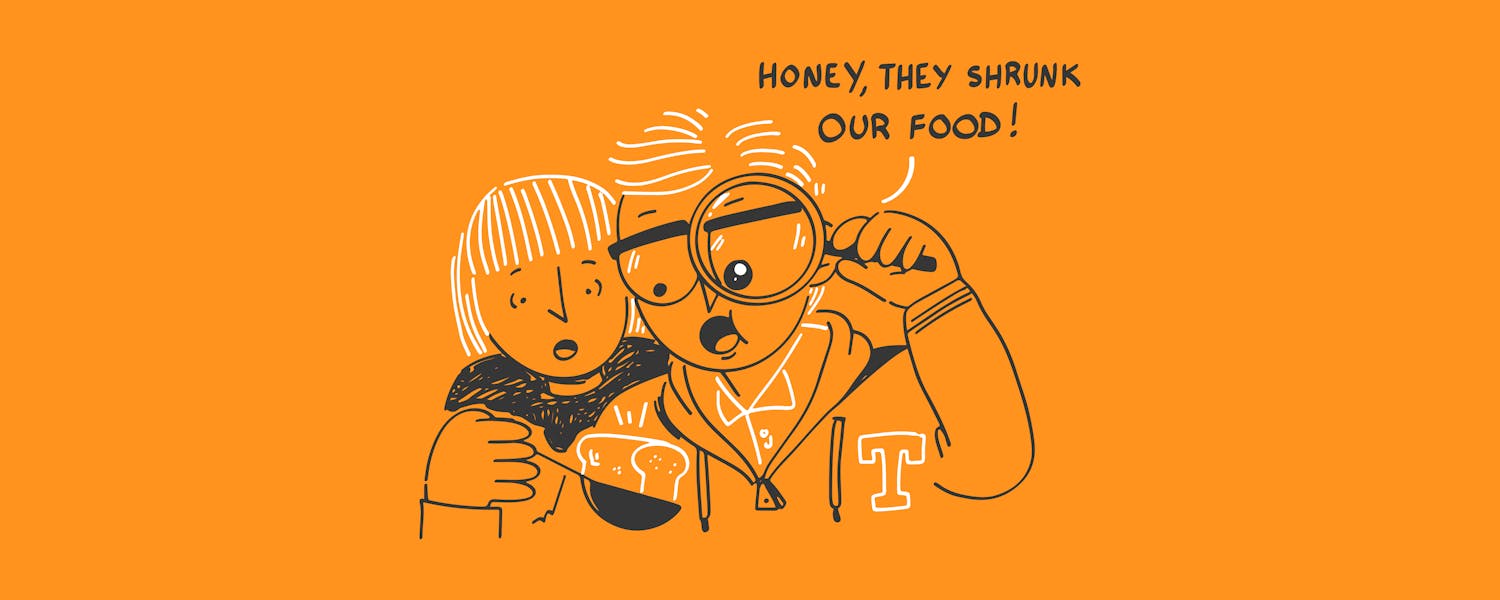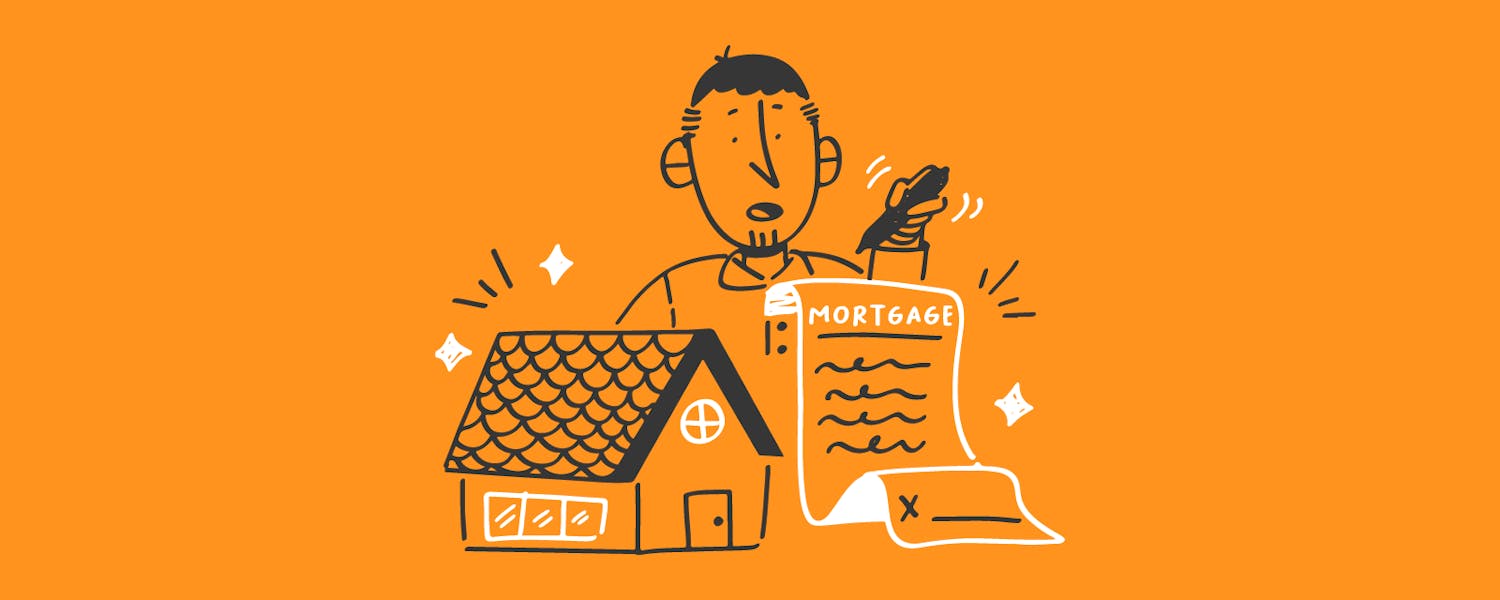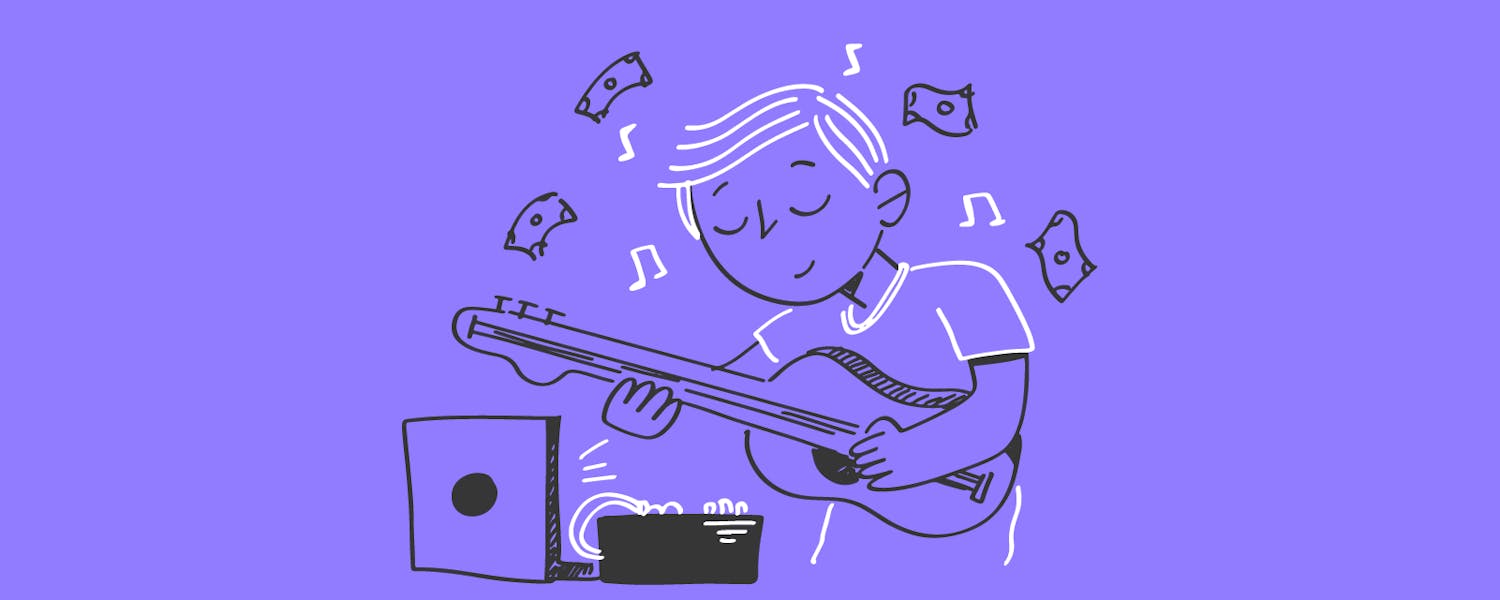Shrinkflation: Product Downsizing
Is your weekly grocery haul not lasting as long as it used to? Across the country, consumers are paying more for household staples in ways that don't show up on receipts. Smaller cans, shorter bottles, and thinner rolls; are low-key signs of tactics companies use to compensate rising labor and materials costs without scaring off customers.
"Shrinkflation" is a term coined to describe when a company's product shrinks in size or when a company reformulates a product and reduces the quantity while keeping prices steady—effectively raising prices without setting off alarms.
National brands use this practice in response to the rising costs of ingredients and transportation. Soaring inflation forces food and beverage companies to assess all aspects of their business, and find ways to lower costs, and minimize losses. They argue that reducing product sizes, such as body wash containers and toothpaste tubes, by a few ounces means they can avoid raising prices while continuing to offer the same quality consumers expect.
Consumers, however, are not convinced
Many dissatisfied shoppers have taken the matter to social media to discuss the changes and compare new and old items. For years, companies have used “deflation” and “package downsizing” to distract from the truth. Consumers believe this practice is a sneaky strategy where businesses attempt to deceive by using the same packaging while delivering less.
Here are some of the most extreme examples of shrinkflation:
- Walmart Great Value Paper Towel. Previously 168 sheets per roll is now 120 sheets. The price stayed the same.
- Hefty Trash bags went from 90 to 80 bags at the same price.
- Quaker Life Cereal, previously 24.8 oz, is now 22.3; rebranded from Giant to “family size.”
Shrinkflation is subtle, and consumers are less likely to notice. Studies show that a price increase is far more apparent to bargain hunters and typically has four times the negative impact. So, is it possible to avoid shrinkflation? Savvy shoppers learned to spot the difference and pivoted to new purchasing behaviors to save money at the grocery store. Below are some tips that will help you do the same.
Compare the Price Per Ounce
This is called unit pricing. You divide the total price by the quantity to determine the unit price. This method helps reduce how much is spent on products and can also help you get more for the same amount.
Buying in Bulk
Buying in bulk from retailers like Costco and Sam's Club helps you save money and will also reduce the amount of shrinkflation you experience. In many cases, goods bought in bulk are a better deal because they typically have a lower price per unit.
Purchase Other Sizes
Consumers are choosing to purchase other sizes of their favorite brands. Companies don't necessarily reduce all of their packages at once, so you may be able to buy a bigger or smaller package and get a better value.
Buy the Store Brand
Store brands are just as good as name brands, and often cheaper. They have to meet the same strict safety and nutrition guidelines as the brand-name products, but they don't spend as much on research and development for packaging like fancy colors or resealable bags. They also pay less on advertising costs like commercials and ads so that they can skim that off the price.
Keep your eyes open
As reports of a recession continue to circulate, be attentive to changing conditions. Companies are looking well beyond traditional cost-cutting measures to reduce expenses, and it's vital that you also start thinking outside the box. While you may be loyal to a particular brand, now may be an excellent time to explore others that provide a better value.
During your next trip to the grocery store, take a closer look at an everyday item's per-unit price to ensure you are not paying more for less.
Think strategically to reduce costs, and join us on IG @_dearmoney_ for more tips on how to save money.





